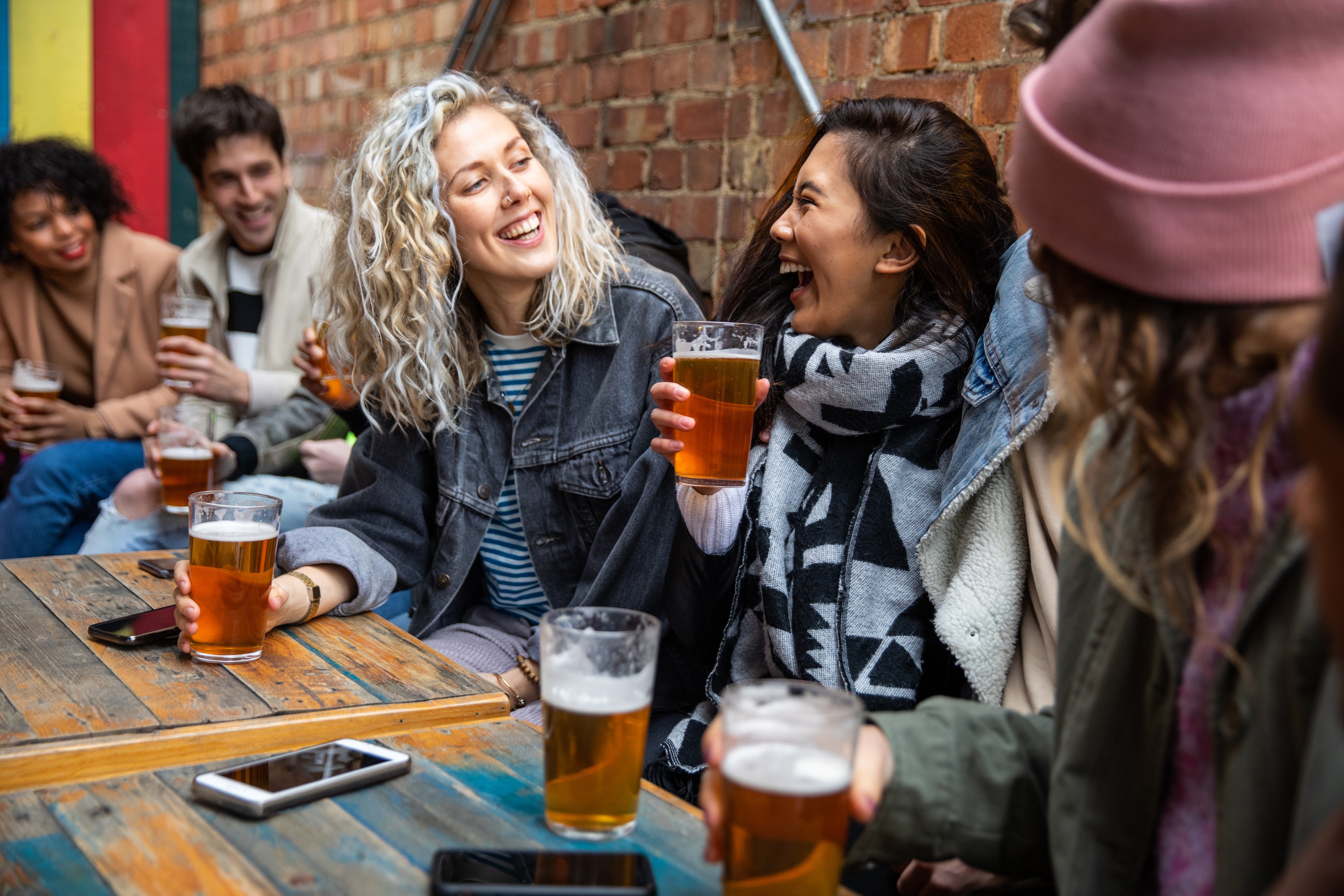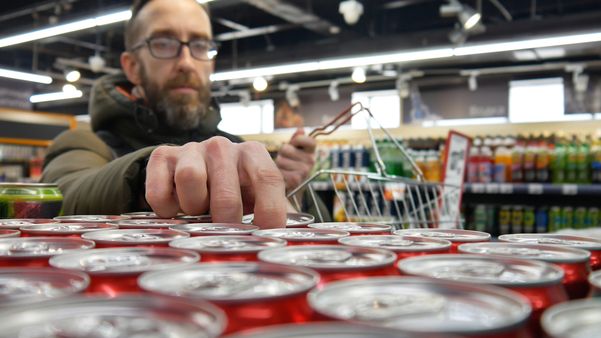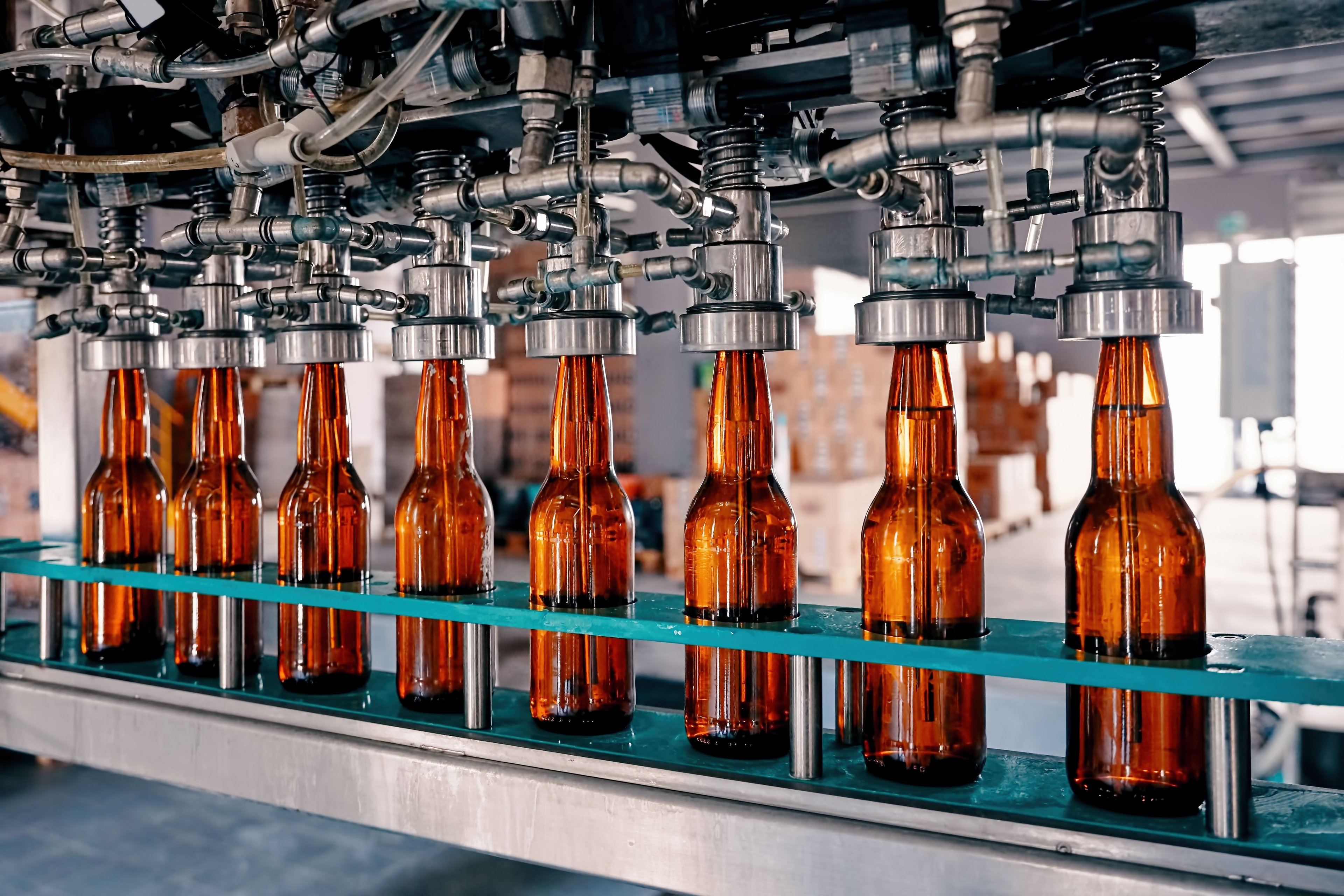Growth is back with a vengeance at Boston Beer (SAM 4.29%). The alcoholic beverage giant just closed out one of its best years for sales gains after riding a wave of popularity for its hard seltzer products in 2019. Growth in that franchise offset declines in its core Samuel Adams brands and helped the company win market share despite soaring competition in areas like craft beer and hard ciders.
That competitive intrusion is also coming to the hard seltzer market, though. And Boston Beer faces major cost spikes as it seeks to satisfy demand for the Truly brand this year while giving its other franchises marketing support. CEO David Burwick and his team talked about those challenges in a conference call with investors. Below are a few highlights.

Image source: Getty Images.
Portfolio hits and misses
Our depletions growth in the fourth quarter was a result of increases in our Truly hard seltzer and Twisted Tea brands, and the addition of the Dogfish Head brands, partly offset by decreases in our Samuel Adams and Angry Orchard brands.
-- Burwick
Beverage depletions, a core industry growth metric, beat management's expectations by surging 19% after stripping out the impact of the recent Dogfish Head acquisition. The Samuel Adams franchises shrank through what executives called a "difficult competitive craft beer environment." The Angry Orchard brand also slumped in a challenged cider category.
Yet those declines were more than offset by surging demand for Truly hard seltzer and for Twisted Tea. Boston Beer is doing its best to maintain that positive momentum, including launching several new flavors in the Truly franchise in recent weeks. Early consumer response has been positive, but it's too early to tell if those products will be big hits, management said.
Working overtime
Gross margin was 47.4%, a decrease from the 51.9% margin realized in the fourth quarter of last year, primarily as a result of higher processing costs due to increased production at third-party breweries and higher temporary labor requirements at our company-owned breweries, partially offset by price increases and cost-saving initiatives at our company-owned breweries.
-- CFO Frank Smalla
A surging revenue figure, plus increasing average prices, is usually a formula for rising profitability, as National Beverage (FIZZ +1.29%) shareholders saw during the LaCroix sparkling water boom. But Boston Beer's gross profit margin fell this quarter to 47% of sales from 52% a year ago mainly because its production and supply chains aren't up to the task of delivering these volumes of hard seltzer. As a result, the company had to employ overtime shifts and even contract out production to other brewers to satisfy demand.
Management sees no way around a complete overhaul of these systems, and so it's aiming to transform the supply chain over the next few years. Investors can expect the profitability pressure to begin lessening in early 2021, it said.
The industry is getting crowded
While we are in a very competitive business, we are optimistic for continued growth of our current brand portfolio and innovations, and we remain prepared to forsake short-term earnings as we invest to sustain long-term profitable growth, in line with the opportunities that we see.
-- Burwick
Boston Beer's depletion forecast for 2020 includes a wide range of 11% to 21% growth. That huge gap reflects the uncertainty around how consumers will react to the flood of new competitors in the hard seltzer space. As a leading brand in the niche, Boston Beer has some major advantages in the upcoming fight. It also has a lot to lose from any protracted market-share fight.






